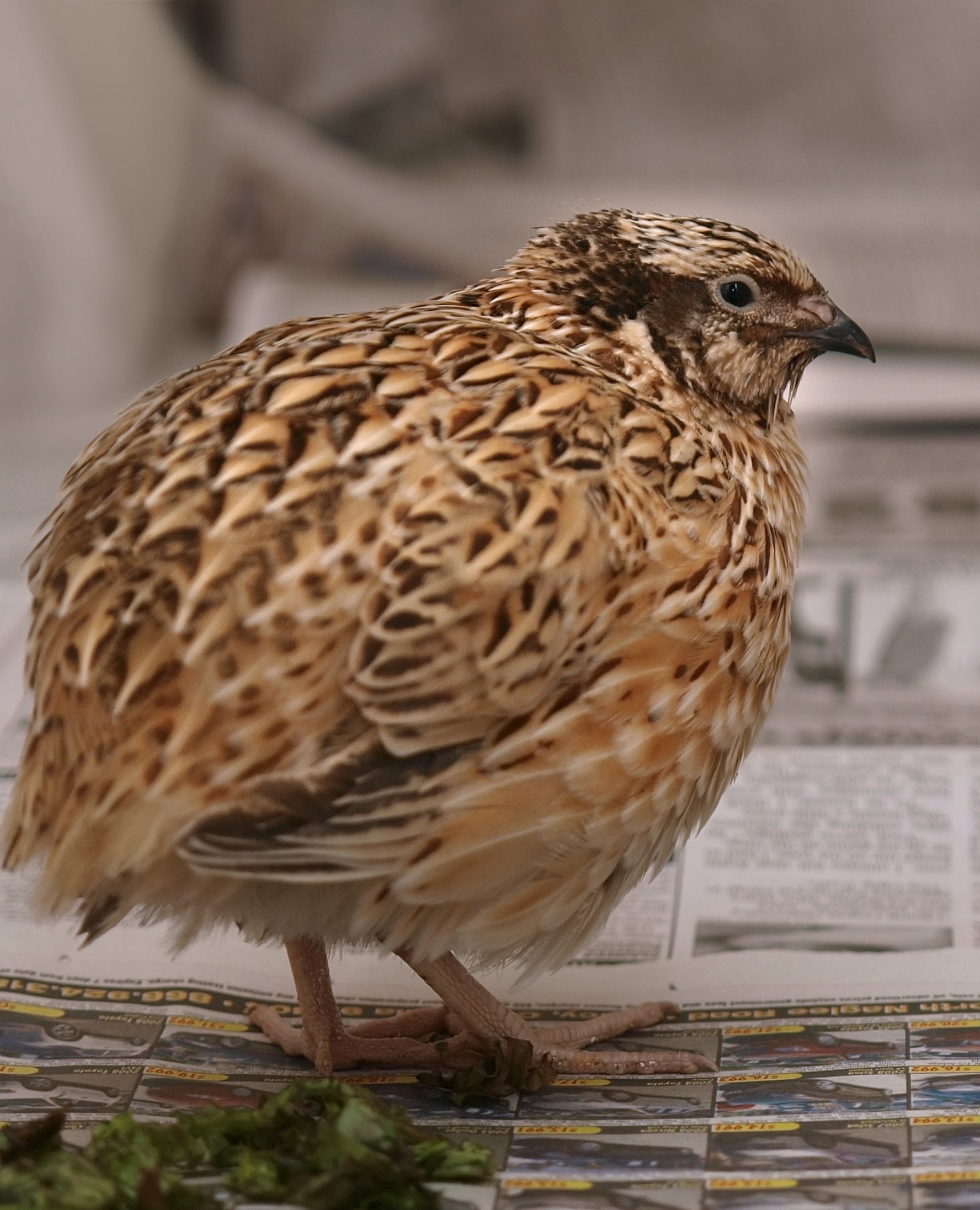This is a story about the most important human antibiotic you've never heard of. It is one that has protected us long before Fleming, Domagk and Ehrlich were even born. We may be on the verge of losing it, with disastrous consequences.
In the last century, we beat back the bacteria that plagued us with an arsenal of antibiotics. But the bacteria are clawing their way back, evolving new ways to resist antibiotics. As our best antibiotics are rendered useless against infections, we are forced to look at alternatives to these treatments.
Consider Colistin. This antibiotic was found to be produced by a soil bacterium named Bacillus polymyxa in 1949. Colistin is formed from amino acids and kills bacteria by targeting their surface membranes.
In the years after its discovery, it grew to be used worldwide. But it wasn't to last.
For antibiotics like penicillin, were often advised to increase the dose beyond the levels deemed necessary to kill of most bacteria, so as to prevent resistance developing. For drugs like penicillin, which only have mild side effects, such overdosing rarely produces any side effects for the patient*. So doctors could prescibe it, and other antibiotics like it in high doses without any fear of it harming their patients.
Colistin was a different kind of beast. An overdose of Colistin could lead to severe kidney damage and neurotoxicity. Thus, the natural tendency to use higher doses of antibiotics that strictly necessary backfired severely when applied to Colistin. As a result of these side effects, Colistin fell out of favour in the 1980's.
Fast forward to the present day. A large number of our most commonly used antibiotics no longer work against multi-drug resistant superbugs.
Those safety concerns which caused Colistin being pulled out of circulation in the end worked in its favour. Since it had not been used in such a long time, few bacteria had acquired resistance to it. At the turn of the century it became a key weapon in our antibiotic arsenal, the drug of last resort, to be brought out to fight only the hardiest of superbugs.
However, the situation is always changing, and now bacteria have begun to develop resistance to this drug.
Whilst Colistin resistant bacteria are being found with increasing regularity, the loss of Colistin may not be the most disturbing part of this development. It's the worrisome fact that Colistin resistant bacteria may also be able to fight off the other antibiotic; the antibiotic I alluded to in the introductory paragraph.
It is not just bacteria like Bacillus polymyxa or fungi like Penicillium chrysogenum that can produce antibiotics. We can do it too.
We naturally produce our own antibiotics, which are known as Cationic Antimicrobial Peptides, or CAMPs. You may not have heard about these compounds, but they have protected you and your ancestors since they crawled out of the ocean. They form an integral part of our Immune system, and are manufactured by a number of important immune cells to combat bacteria. These antibiotics are constructed from amino acids, and target bacterial membranes, just like Colistin.
A recent paper in mBio suggests that the similarity of Colistin to human antimicrobial peptides could potentially have dire consequences.
To test whether this was a possibility, scientists decided to test whether bacteria that were resistant to Colistin were also resistant to human antimicrobials.
They looked at Acinetobacter Baumannii, a bacterium that is often linked with hospital acquired infections, and one that is also known to develop Colistin resistance. They found a number of these Colistin resistant strains of Acinetobacter and found that many of them had developed some degree of resistance to human antimicrobials. The bacteria that were vulnerable to Colistin were also still vulnerable to human antimicrobials.
But they went further. They took samples of bacteria from afflicted patients from the initial stages of infection, and from the late stages and observed the development of this kind of resistance in real time.
These results suggest that forcing the evolution of Colistin resistance could also push them to develop resistance to human antimicrobials. Under normal circumstances, the immune system's careful management of our internal bacterial community has prevented this kind of resistance emerging.
This paper suggests that the extensive use of Colistin may force bacteria into a position where resistance to our innate antibiotics can become much easier for them. Not only will they be resistant to our best treatment, they will have the tools to combat a key part of our immune system, and allow them to cause deadlier diseases.
Napier B.A., Burd E.M., Satola S.W., Cagle S.M., Ray S.M., McGann P., Pohl J., Lesho E.P. & Weiss D.S. (2013). Clinical Use of Colistin Induces Cross-Resistance to Host Antimicrobials in Acinetobacter baumannii, mBio, 4 (3) e00021-13-e00021-13. DOI: 10.1128/mBio.00021-13
*unless you are allergic to penicillin, in which case any contact with the drug could be dangerous.

